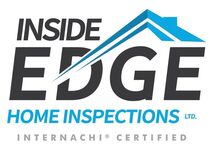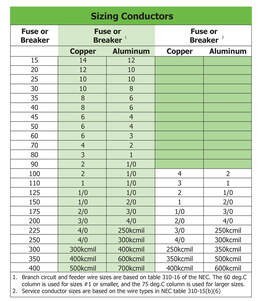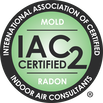Mike's Home Inspector BlogMichael Burfitt |
|
According to the InterNACHI Standards of Practice, we are required to check for and report as in need of correction “the presence of solid conductor aluminum branch-circuit wiring”. Does this mean aluminum wiring in a home is dangerous? Not necessarily.
Let’s first back up to the 60s. While that timeframe might bring images of Woodstock, counterculture or political change to a home inspector a different type of change comes to mind: that of a switch from copper (CU) to aluminum (AL) wiring due to the skyrocketing cost of CU wires in the mid-1960s. Until about 1973 this type of wiring was almost exclusively used in branch circuits, which are the wires that go to individual outlets and switches. Why is this type of AL wiring a concern? There are several reasons: AL Wiring is More Malleable Another way to say this is to say it is damaged easily. As it is a softer metal, it can be nicked or damaged far easier and a more amateur installation can greatly reduce the ability of the wire to safely carry electricity (and heat). AL Wiring Expands/Contracts Easily The #1 issue with AL wires is the significantly increased fire risk. The biggest danger comes from connections can come loose that can build up heat and eventually lead to an electrical fire. AL is an Inferior Conductor Compared to CU wiring, AL is not as good of a conductor of electricity. In most cases this is not a problem as an electrician knows to account for this but amateur DIYs might not realize the size difference between CU and AL. To give you an example of what I mean, below is a sample chart of the proper types of wire to use. Remember as the gauge gets smaller the wire gets bigger. As you can see AL is one size bigger in almost all conditions. AL wiring was never discontinued or banned and is still widely used to this day. Due to its low weight, it is the preferred material for outdoor transmission lines and is frequently seen inside homes as the material the main service conductors are made of. As well, post 1973 aluminum wiring is of a much higher quality and generally does not have the safety issues just mentioned to nearly the same degree. To summarize, while widely used, AL wiring can be considered dangerous in certain circumstances, especially if installed from 1965 to 1973. A home inspector can identify if you have this type of wiring and if so, will recommend an electrician evaluate the system to see if any corrective action needs to be taken to ensure the system is safe and functional for years to come. |
Archives
July 2024
Categories
All
|
|
Inside Edge Home Inspections Ltd.
Halifax, NS 902-209-9921 [email protected] Proudly Serving the HRM & Central Nova Scotia |


 RSS Feed
RSS Feed

